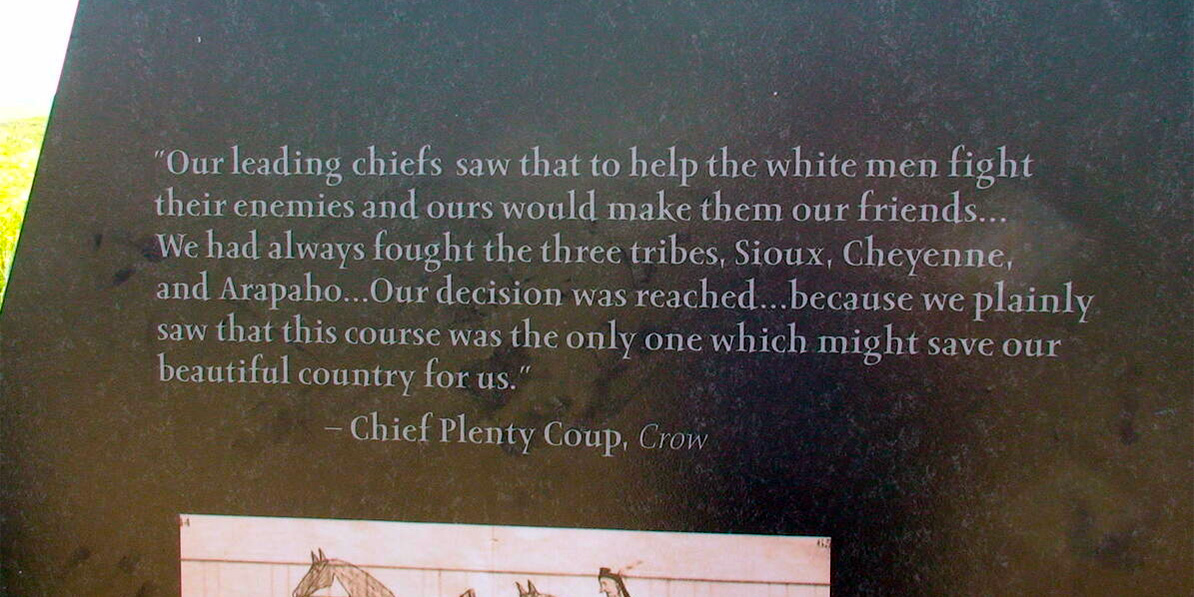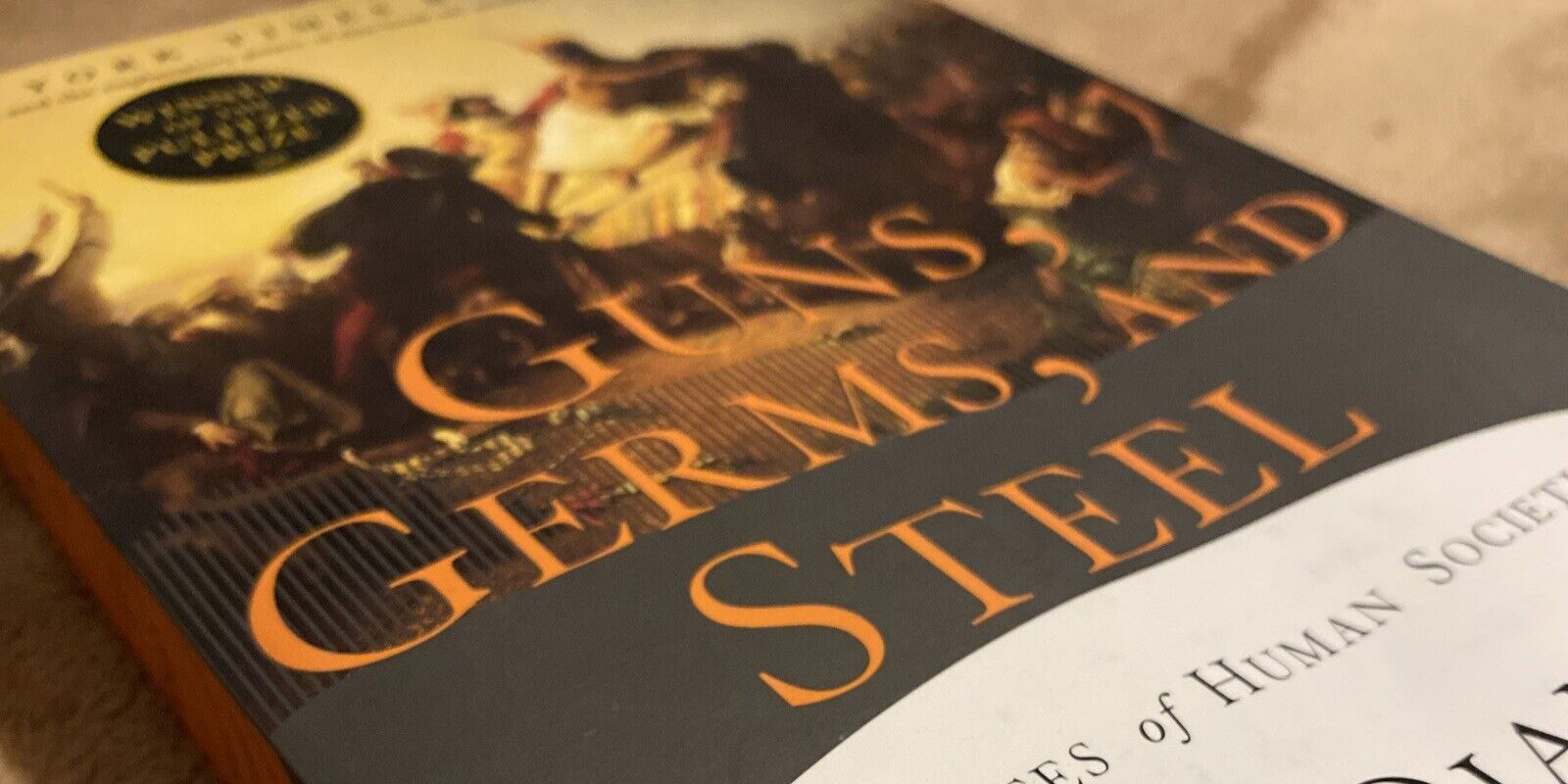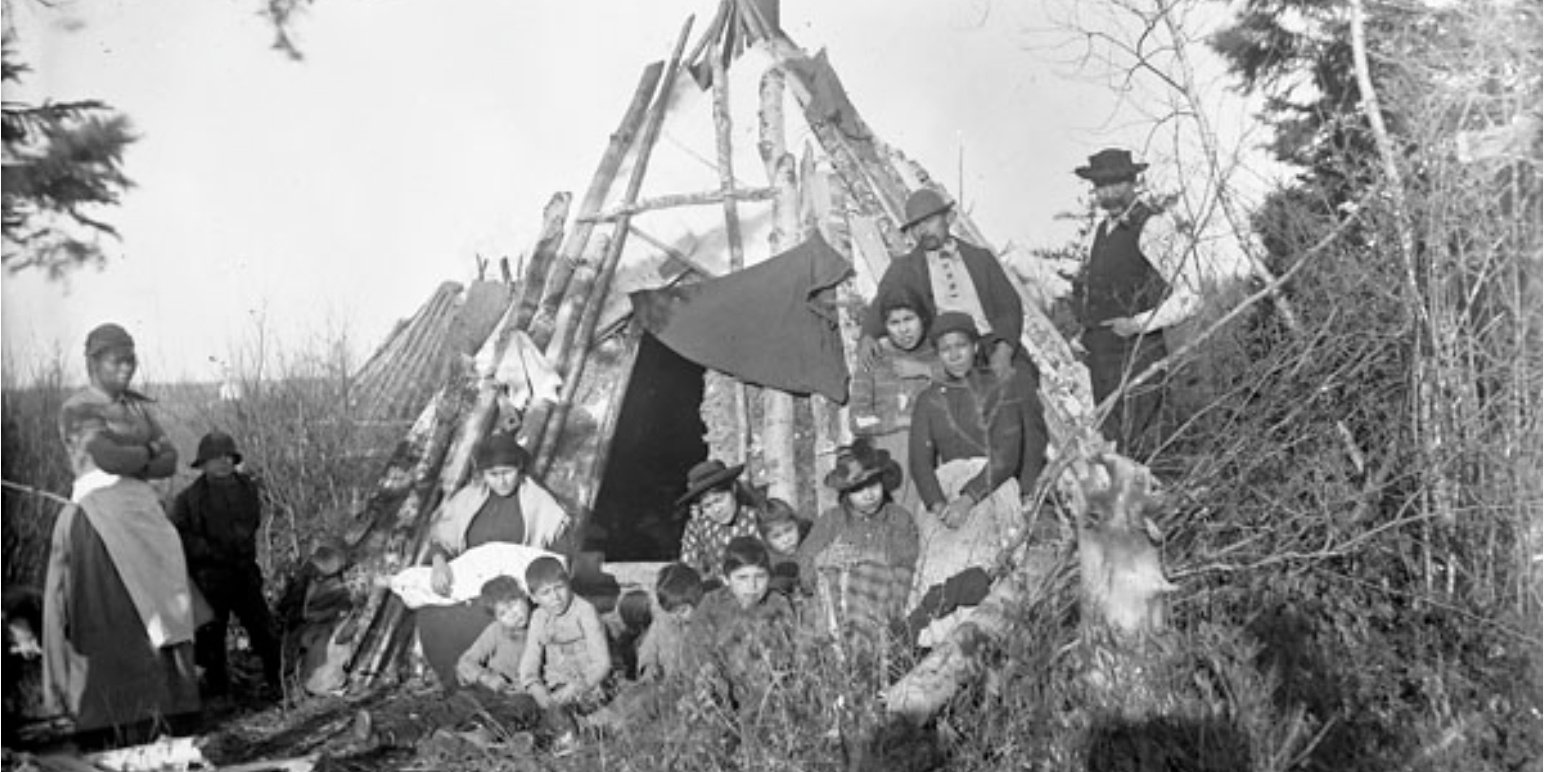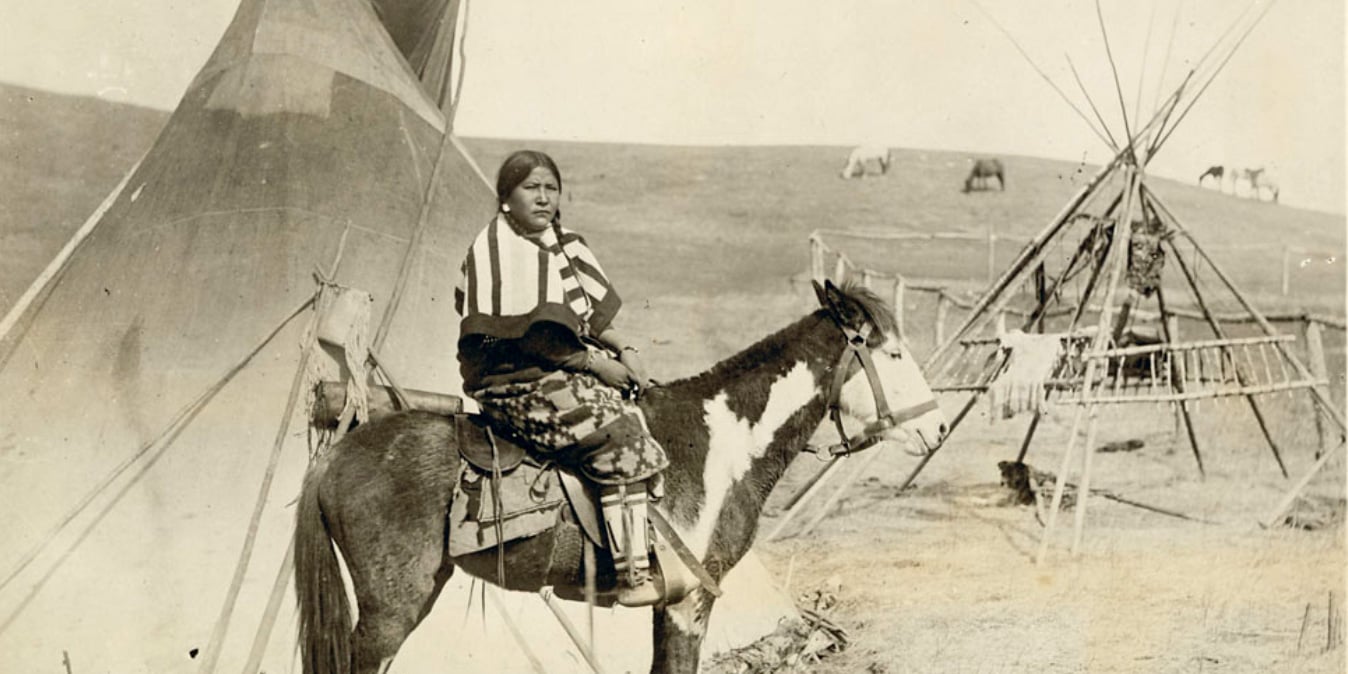Books on the History of Disease and Colonial Practices
Here are some books and short reviews for you.

A few years ago, while on a driving vacation in the United States, my travel companion and I had an opportunity to visit the Little Bighorn National Monument, near Crow Agency, Montana. Visiting the Monument was not something we were planning to do, but when the National Park signs appeared we both knew we had to go.
The Little Bighorn Monument is famous because it marks the site of the historic June 1876 Battle of the Little Bighorn in which General George Armstrong Custer of 7th Cavalry fame was defeated by the Indians. This battle is famously known as "Custer's Last Stand". Like many people, both my travel companion and I were under the impression that this battle was the United States Army vs. the "hostiles", another colloquialism we don't encourage people to use.
It was with these thoughts - “United States Army vs. Indians” - that we entered the monument, but to our surprise, they would not be the thoughts that would be with us when we left. As we were to learn, there was a secret of the Battle of the Little Bighorn. The secret is illustrated by this picture I took of some interesting words on a plaque at the monument.
Read it closely and you too can learn the secret. It states,
Our leading chiefs saw that to help the white man fight their enemies and ours would make them our friends... We had always fought the three tribes, Sioux, Cheyenne and Arapaho... Our decision was reached... because we plainly saw that this course was only the one which might save our beautiful country for us.
Chief Plenty Coup, Crow
That's right. Not all Indians in the conflict were fighting against General George Armstrong Custer. Some, specifically the Crow, were fighting alongside Custer in the Battle of Little Bighorn.
What can we take away from this understanding? Indians are not all the same and don't all want the same things. What one community wants may not be what another community wants - different communities, different decision-makers. Everything can change as we move from community to community, even when communities are in close proximity to one another. Therefore, our approach to each community needs to be tailored specifically to that community. Actions such as name dropping need to be thought out and researched lest we make the mistake of dropping the name of an enemy community.
P.S. I use Indians in this article because it is historically accurate, and also there are still Indigenous People who prefer the term while others would be deeply offended which further illustrates my point that thorough research needs to be done before visiting a community to determine the most appropriate term.
By Bob Joseph
Featured photo: Bob Joseph

Here are some books and short reviews for you.

Long before John Cabot arrived on the shores of Newfoundland in 1497, Mi’kmaq People occupied what we now know as the Atlantic provinces. Mi’kmaq...

When an Indian woman marries outside the band, whether a non-treaty Indian or a white man, it is in the interest of the Department, and in her...